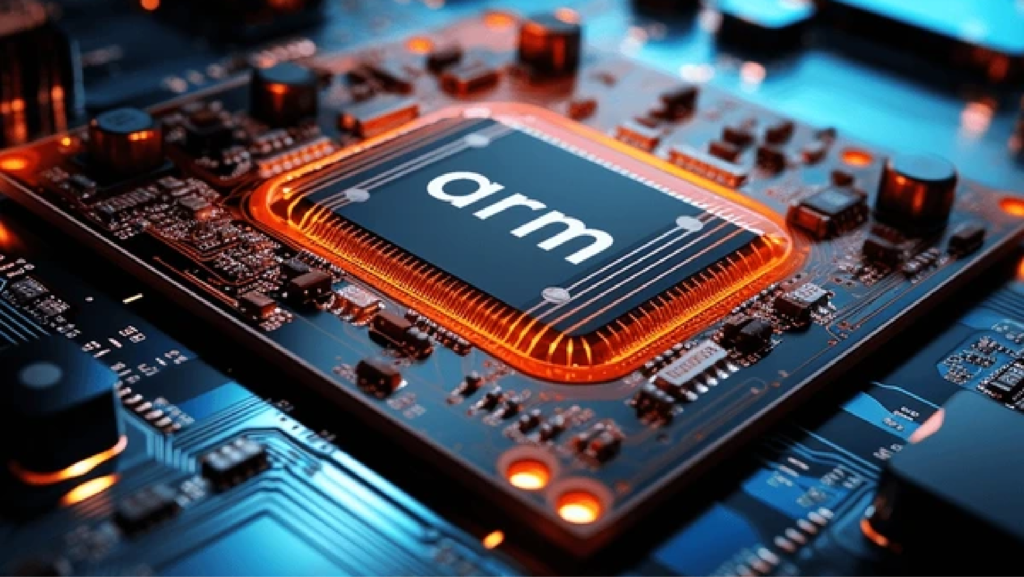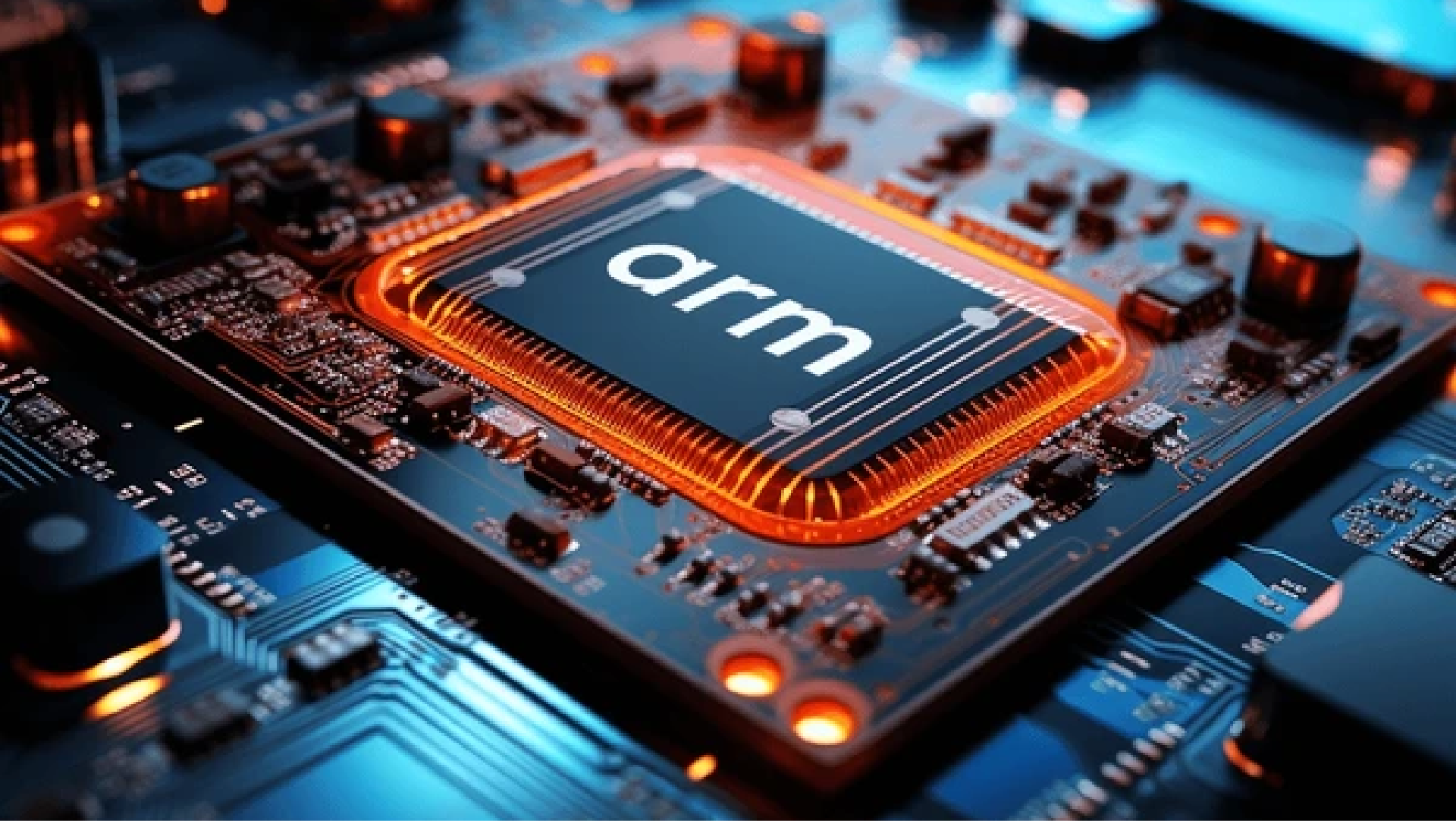
Arm offers new designs, software for AI on smartphones
- entspos
On May 29, Arm Holdings (O9Ty.F) announced new chip designs and software tools aimed at enhancing smartphones’ ability to handle artificial intelligence tasks. Additionally, the company introduced changes in how it delivers these blueprints to accelerate their adoption.
Arm’s technology, renowned for its energy efficiency, has been pivotal in the smartphone revolution and is increasingly prevalent in PCs and data centers. The smartphone market remains Arm’s largest, where it supplies intellectual property to competitors like Apple (AAPL.O), Qualcomm (QCOM.O), and MediaTek (2454.TW).
The new releases include designs for central processing units (CPUs) optimized for AI tasks and new graphics processing units (GPUs). Arm will also offer software tools to help developers run AI applications, such as chatbots, on Arm chips more easily.
A significant shift is in the method of delivering these products. Traditionally, Arm provided specifications or abstract designs, leaving chip companies to create physical blueprints. This process involves complex decisions on the arrangement of billions of transistors.
For the new products, Arm collaborated with Samsung Electronics Co Ltd (005930.KS) and Taiwan Semiconductor Manufacturing Co (2330.TW) to offer ready-to-manufacture blueprints of physical designs.
Chris Bergey, Arm’s senior vice president and general manager of the client line of business, emphasized that Arm is not aiming to compete with its customers but to help them reach the market more quickly. This allows customers to focus on critical components like neural processing units (NPUs) that are essential for optimal AI performance.
The importance of NPUs is underscored by Microsoft’s recent AI features, which require such technology. Although Arm does not currently supply NPU technology for phones and PCs, Bergey stated that the company plans to provide more comprehensive designs that chip firms can integrate with their NPUs.
“We’re combining a platform where these accelerators can be very tightly coupled,” Bergey explained.














